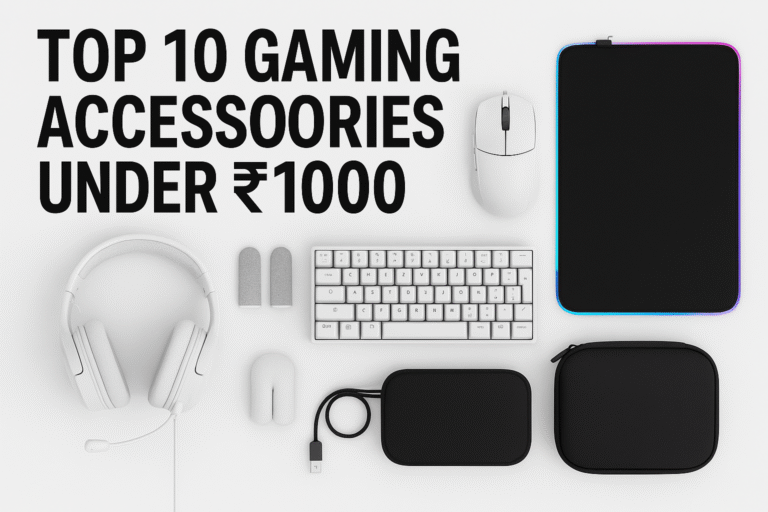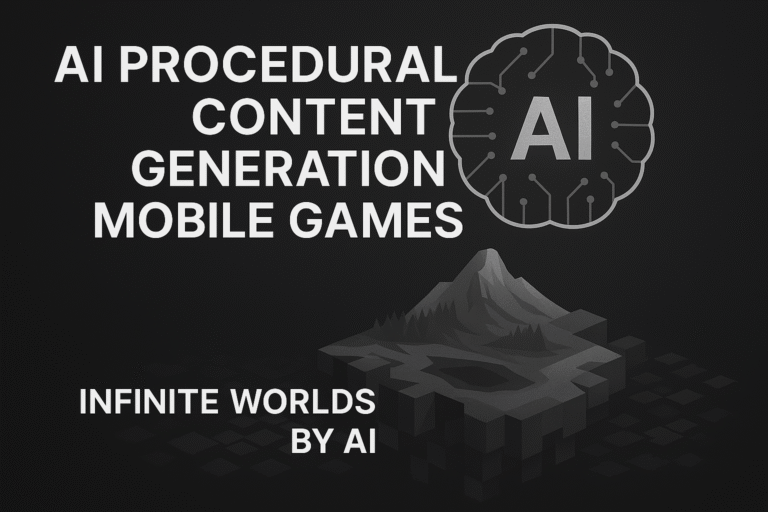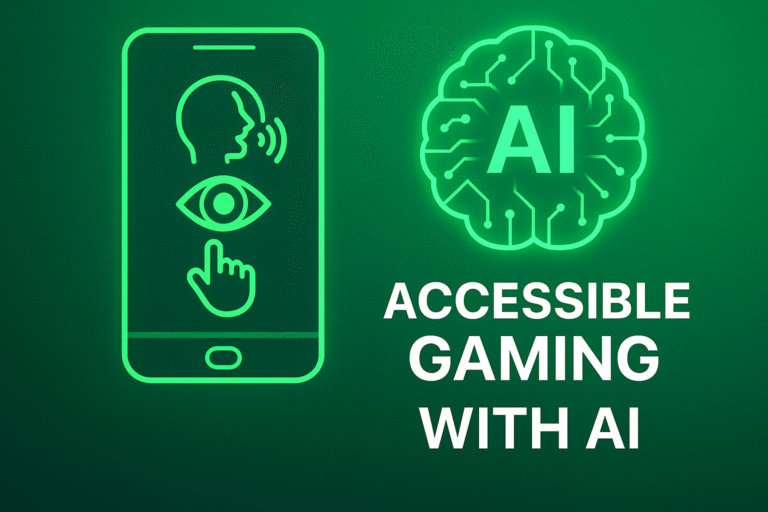
Experience the next frontier of gaming—where you don’t just play, you feel it. Featuring haptic tech, scent-based immersion, and real-time neural feedback in one powerful visual.
Table of Contents
- What Is Sensory Gaming?
- Haptic Suits: Touching the Virtual World
- Smell Generators: The Scent of Virtual Realities
- Neural Feedback Loops: Emotion & Performance Sync
- Synergy of Senses: Multi-Modal Immersion
- Applications Beyond Entertainment
- Technical & Ethical Challenges
- Conclusion – The Future of Sensory Gaming
1. What Is Sensory Gaming?
Sensory gaming extends beyond visuals and audio, engaging touch, smell, and neural signals to craft a fully immersive experience. By integrating multiple sensory channels, designers can blur the line between the player’s reality and the game world, creating deeper emotional connections and more memorable gameplay moments.
2. Haptic Suits: Touching the Virtual World
Haptic suits deliver precise, full-body feedback—vibrations, pressure, and even simulated temperature changes—mapped to in-game events. Devices like the Teslasuit and bHaptics TactSuit use arrays of actuators and electro-muscle stimulation to replicate sensations such as impact, texture, and resistance.
- In a racing game, you feel the jolt of collisions and the rumble of engine revs.
- In a combat sim, each weapon discharge or melee strike registers on your skin.
- Developers use these suits to heighten realism in VR and traditional setups.
For an in-depth look at current haptic tech, check out GeniusCrate’s analysis of how haptic feedback enhances immersion.
3. Smell Generators: The Scent of Virtual Realities
Olfactory integration taps into our strongest memory-linked sense. Systems like GameScent’s AI-driven scent emitter automatically release context-relevant aromas—burning rubber in racing games, damp earth after virtual rain—to amplify emotional impact. Other prototypes from OVR Technology offer modular scent cartridges that sync with gameplay cues, making environments tangibly real.
“A whiff of pine needles can transport you from your room to a digital forest with uncanny realism.”
4. Neural Feedback Loops: Emotion & Performance Sync
Neural feedback devices monitor brainwave patterns (EEG) and physiological signals to adjust game parameters in real time. When stress peaks, horror games can dial back intensity or heighten it further for thrill-seekers. Competitive titles can tweak difficulty based on focus levels, helping players enter and maintain “flow states.” Emerging research shows that such closed-loop systems boost engagement and learning curves—players literally shape their experience with their minds.
5. Synergy of Senses: Multi-Modal Immersion
The magic of sensory gaming lies in blending these technologies:
- Haptic + Smell: Feeling footsteps while smelling fresh grass in an open-world adventure.
- Smell + Neural: Emitting calming lavender scent when anxiety spikes in a puzzle game.
- Haptic + Neural: Dampening haptic intensity if cognitive load becomes overwhelming.
Studies show that synchronized sensory cues can increase immersion by over 60%, driving emotional resonance and retention.
6. Applications Beyond Entertainment
- Education & Training: Medical students practice surgery on haptic mannequins, smell aiding tissue identification, neural feedback guiding stress management.
- Therapy & Well-being: PTSD treatments using VR scenarios coupled with calming scents and haptic grounding techniques.
- Industrial Simulations: Pilots train in full-bodied flight suits, odor cues signaling engine failures, neural data optimizing decision-making.
Explore how GameScent is pioneering sensory immersion in both gaming and beyond.
7. Technical & Ethical Challenges
Implementing sensory gaming at scale faces hurdles:
- Cost & Accessibility: High-end haptic suits and scent modules remain expensive.
- Standardization: Lack of unified APIs and middleware slows developer adoption.
- Overstimulation: Too many simultaneous cues can overwhelm players; calibration is key.
- Privacy & Consent: Neural data is deeply personal—robust safeguards and transparent user agreements are non-negotiable.
8. Conclusion – The Future of Sensory Gaming
Sensory gaming is the next frontier—transforming how we play, learn, and heal by fully engaging our bodies and minds. As haptic, olfactory, and neural technologies mature, get ready for experiences where you don’t just control the game—you live it.
“The ultimate immersive experience is no longer confined to our screens; it’s woven into our senses.”



